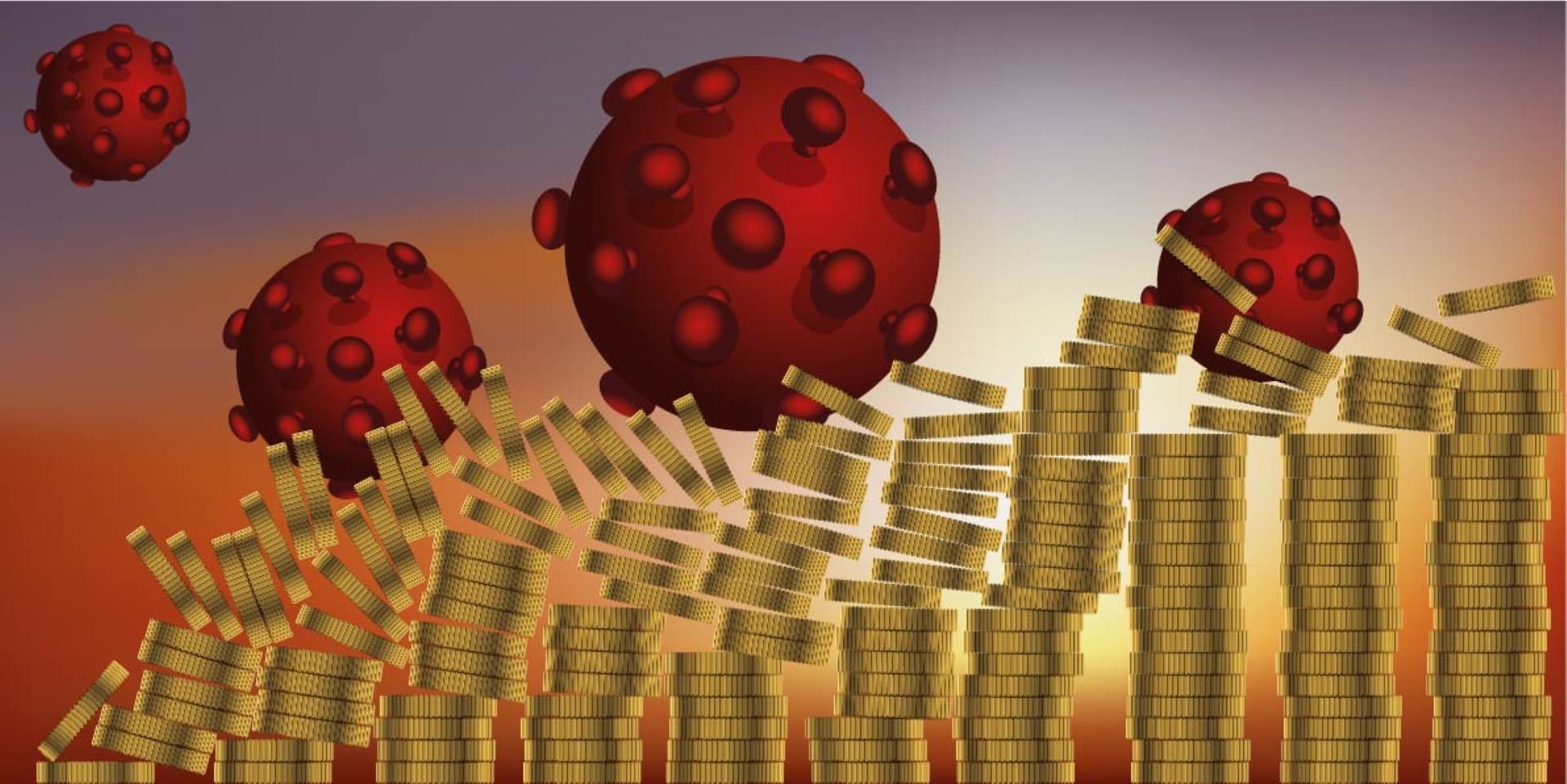
Florida’s unemployment rate hit a record 14.5% in May because of the economic shutdown caused by the coronavirus outbreak, but there are signs the job market is improving as businesses reopen and rehire employees, federal statistics released Friday show.
Florida’s unemployment rate jumped slightly from 13.8% in April as 1.3 million residents reported being without jobs, with only Minnesota showing a higher percentage point increase, the U.S. Bureau of Labor Statistics said. Ten states have higher unemployment rates, including Nevada (25.3%) and Hawaii (22.6%), which are also heavily dependent on tourism. Florida’s rate had been 2.8% in February.
Florida’s overall numbers masked two figures that showed some glimmer of hope.
First, the state’s labor force grew from 9.5 million in April to 9.7 million in May, meaning some people who had stopped looking for work in March and April rejoined the market. Still, that’s 7% lower than the 10.4 million working or seeking work in February before the virus hit.
And while the percentage of that labor force that is unemployed grew, the raw number of people with jobs bumped slightly higher, growing to 8.3 million from 8.16 million. In February, 10.1 million Floridians had jobs.
Also, three of Florida’s four biggest theme parks reopened with restrictions in June after the monthly survey was conducted: Universal Orlando, Busch Gardens Tampa Bay and SeaWorld. The biggest park, Walt Disney World, is scheduled to reopen next month. They all closed in March and employ more than 100,000 people combined.
“It is a good start — we have a lot more to do,” Gov. Ron DeSantis said at a Friday news conference in Miami.
Two university economists agreed that the state’s unemployment crisis should start improving soon. Hector Sandoval, director of the University of Florida’s economic analysis program, and Sean Snaith, director of the University of Central Florida’s Institute of Economic Forecasting, both said the state’s unemployment rate is likely at or near its peak and will decline during the coming months, though not as fast as it increased.
“This will be the turning point,” Sandoval said of the May report. “We will start to see the recovery but still we are unsure how much time it will take. I don’t think it will be quick” as many tourists will be slow to resume traveling and many businesses such as restaurants are still restricted to 50% capacity.
Snaith agrees it will take time to see the unemployment numbers decrease substantially, but it should still be quicker than during a traditional recession because the problem is easy to identify and is not systemic. He said the state’s overall economic output should recover next year with unemployment following in 2022.
“The recovery is underway. Will it be as sharp as the recession was, a true V-shape? Probably not,” he said. “It will be a V-like recovery.”
Both said while the state’s confirmed coronavirus cases are spiking, they don’t foresee DeSantis or local governments reimposing a shutdown.
“Unless there is some shocking turn of events, I can’t see a reimplementation of these public health measures because it has become very clear there is a tremendous economic cost,” Snaith said.
The crisis hit Floridians hard, with their personal finances made worse by the weeks-long meltdown of the state’s online unemployment insurance registration system. That left hundreds of thousands struggling to receive payments.
Miami waitress Janet Simon, 33, and her 37-year-old husband Carlos, who worked for a paint manufacturer, were both laid off in March when the virus hit. They are straining to feed their three children and have cut “everything except the absolute necessities.”
Janet Simon said she suffers from depression and now finds herself sneaking outside so her children won’t see her crying. She resumed working a month ago, but the restaurant’s 50% capacity cap has cut her earnings dramatically: She made $12 in tips Wednesday compared to about $100 a night before the shutdown.
And like many, the couple’s unemployment money has been slow to arrive.
“Our entire structure of life was derailed by the shutdown. Not because it was a necessity, but because the state let us down,” said Janet Simon, who spent hours a day trying to apply for unemployment.
The economy has been no better for small businesses. Miami gym owners Scott Grondin and Jorge Sanchez reopened two weeks ago after three months but the state mandates they must keep their capacity below 50% to help avoid viral spread. A quarter of their members have canceled.
They said they have not taken their salaries but did keep their 15-member staff at full pay as the gym received federal aid and a 50% rent deferment from its landlord.
Still, they have turned to teaching fitness classes online to supplement their business.
“Just to try to stay afloat, just to try to keep every member we have,” Sanchez said.
___
Republished with permission from The Associated Press.



